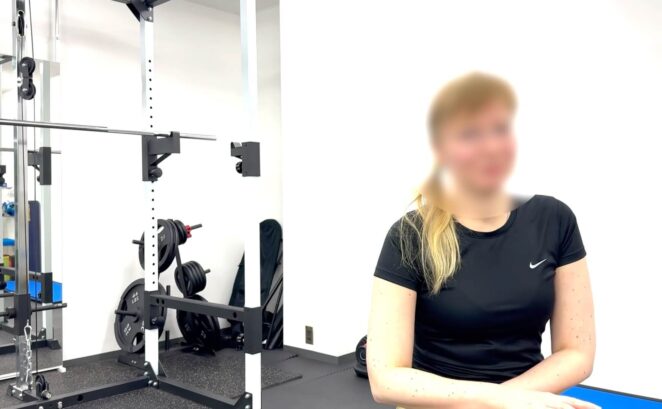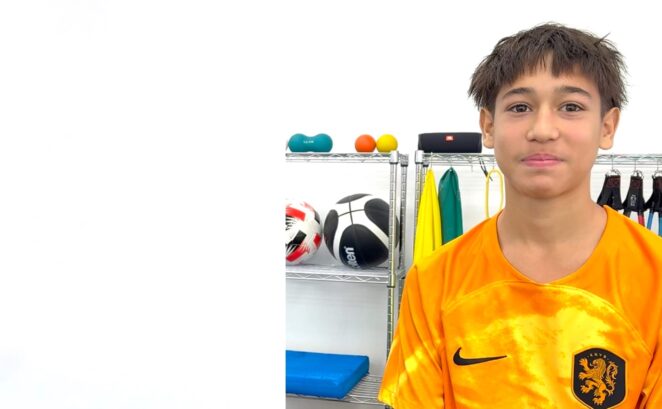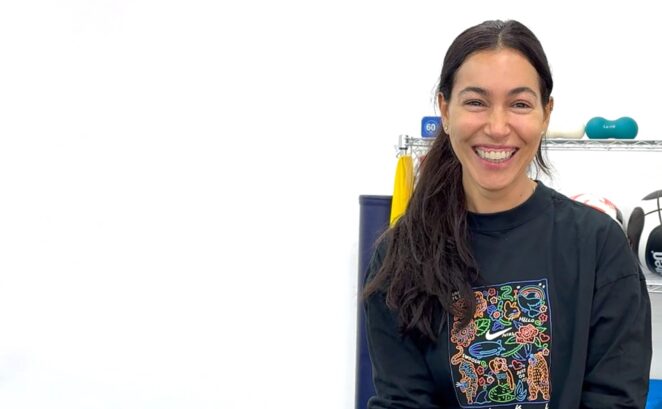2024.04.23
English
『Returned to play football after 1 month of knee pain』Feedback of rehabilitation for Osgood-Schlatter disease
執筆中尾 優作(理学療法士/プロスポーツトレーナー)
ヨーロッパの大学、大学院で理学療法を学ぶ。欧州サッカー、日本のB.LEAGUEでトレーナーとして活動したのち、地元神戸三宮にメディカルフィットネスジム【Lifelong】を設立。専門は"病院で治らなかった身体の痛み"のリハビリ。
Mr. J used our services to improve the knee pain caused by Osgood-Schlatter disease.
Although his doctor advised rest, saying it was “growing pains,” the pain persisted even after a month of rest.
He was deeply worried about not knowing when he would be able to play soccer again even if he continued to rest.
While Osgood-Schlatter disease is a common injury during growth periods and quick improvement is challenging, it doesn’t mean nothing can be done.
When he came to Lifelong first time, he felt pain just from doing light squats.
However, within less than a month, he was able to jump again.
The pain steadily decreased, and eventually, he fully recovered to the point where he could play soccer six days a week.
Mr. J
- Diagnosed as Osgood-Schlatter disease
- No improvement more than one month
- Wish to return to play football as soon as possible
目次
Purpose of use

And for a whole month, I couldn’t find somebody to tell me what’s the problem and do workouts to help me.
I went to other places and they said that you just have to do home stretches.
And I didn’t see any success from them.
So then I found this place and I really liked how you kept giving me workouts.
And you were doing it with me and I improved a lot from them.
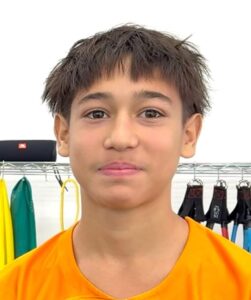

In his case, even after a month had passed without improvement in pain, he came to seek advice.
Until then, he had only received treatments such as stretching and massages to relax the muscles.
At Lifelong, we focused on strengthening weak muscles and teaching movements that wouldn’t stress the knee.
Compare with other clinics
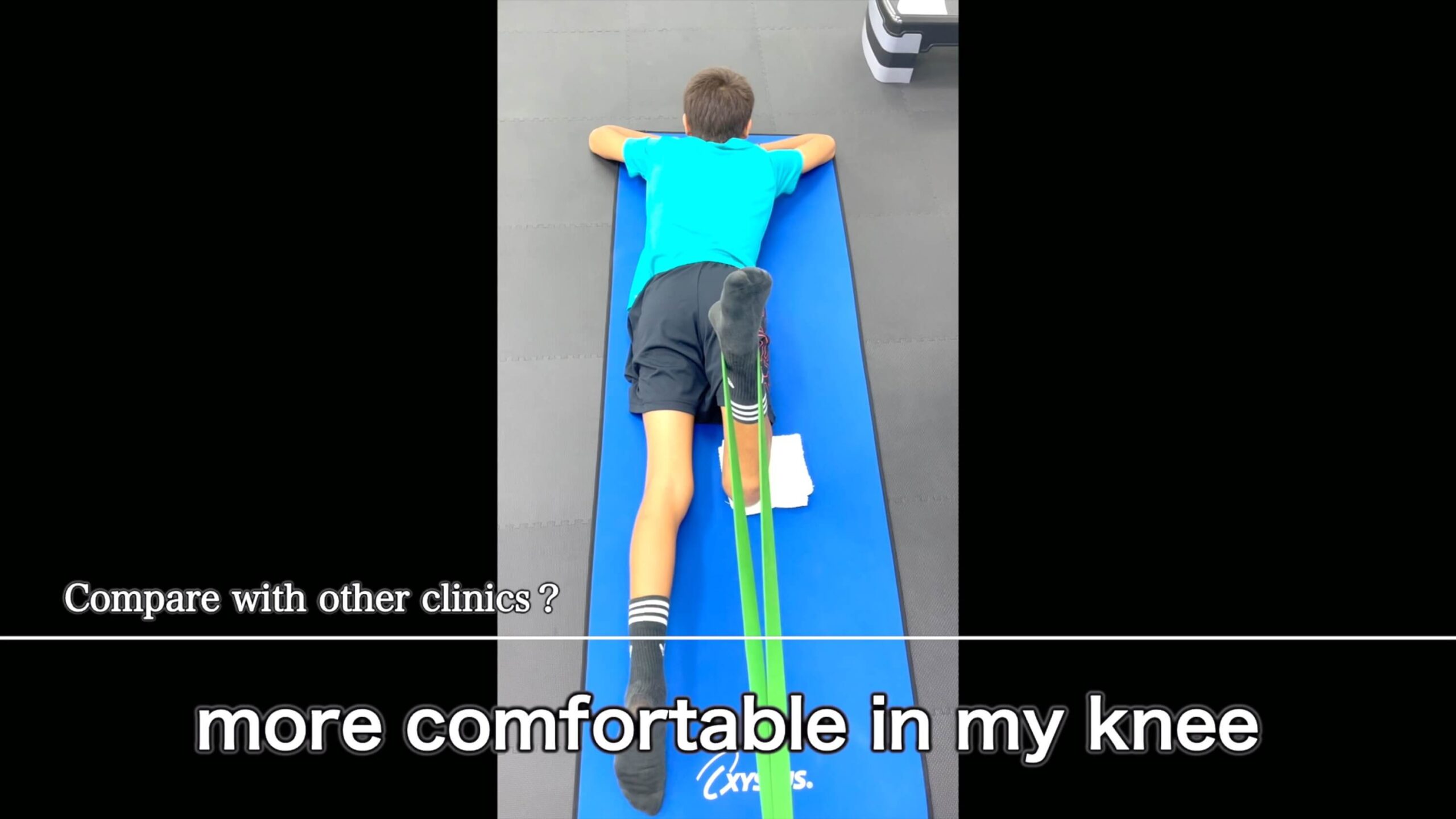
I’m doing stretching but less than in other places. In other places, mostly massage and stretching.
Here, building up more muscles.
I started to feel more comfortable my knee and I feel like it’s over here It’s very fun or friendly and it’s a nice I can environment to be in.


However, the underlying cause of pain usually stems from the individual’s unique movements and how they use their body, leading to strain on the affected area.
It’s essential not only to relax the muscles but also to strengthen underused muscles and learn correct movement patterns to reduce the strain on the painful area.
By doing so, it not only helps alleviate pain but also contributes to preventing recurrent injuries.
Effects of exercise
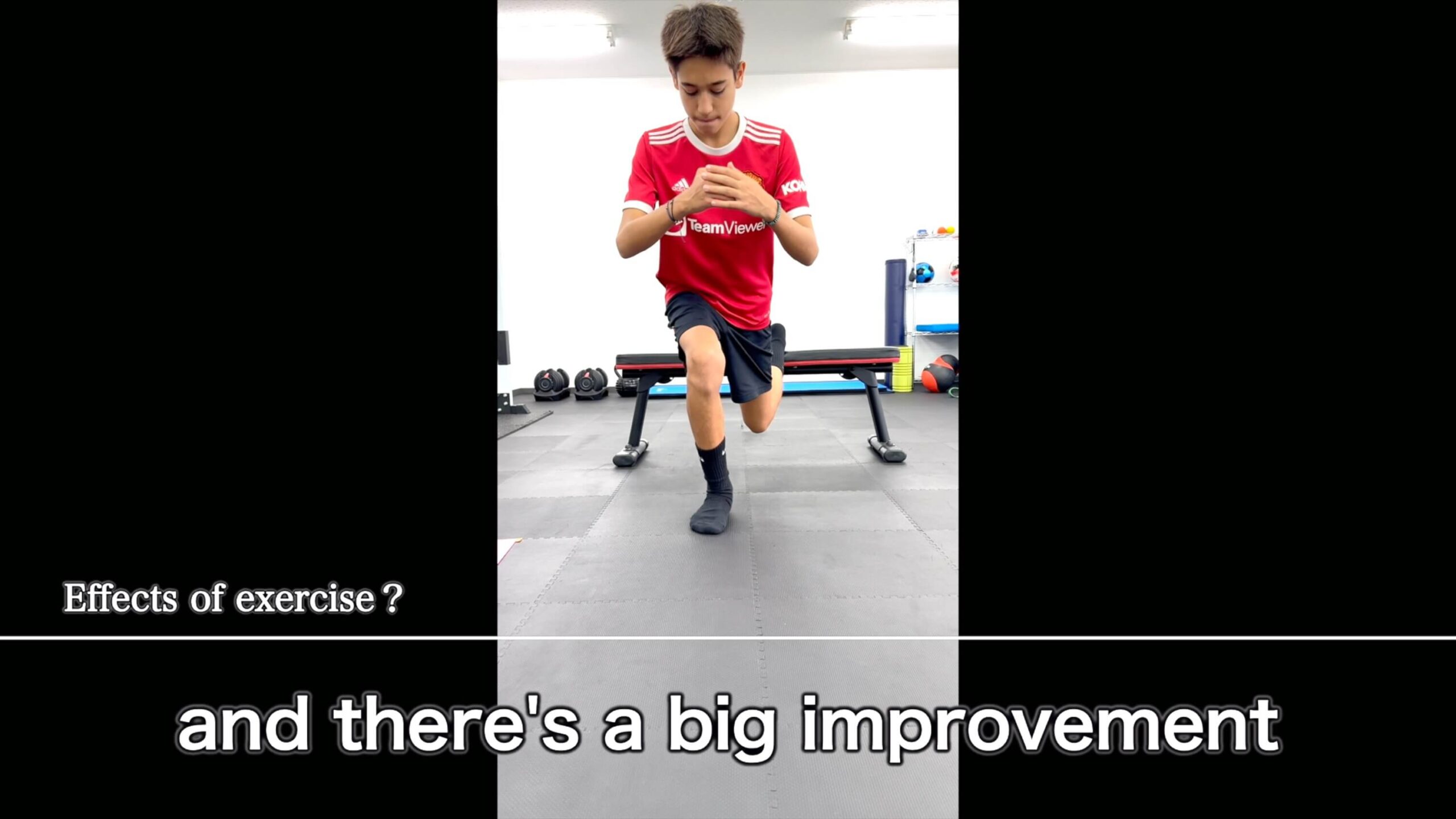
a lot easier after time.
And when I was doing exercises, I felt some pain
but now not a lot of pain. The pain would go directly
and the stretching was really good.
After long times, I feel like the workouts that I used to struggle with are now very, very easy.
And there’s a big improvement with my injury and my muscles.


Especially in injuries like Osgood-Schlatter disease, which occur due to excessive stress, known as overuse injuries, adjusting the exercise load becomes a key point in rehabilitation.
It’s necessary to strengthen weak muscles to withstand the load, but applying too much load can result in pain and worsen the symptoms.
Setting the “appropriate load” is extremely challenging, but it’s a highly effective method for improving overuse injuries.
Changes in daily life
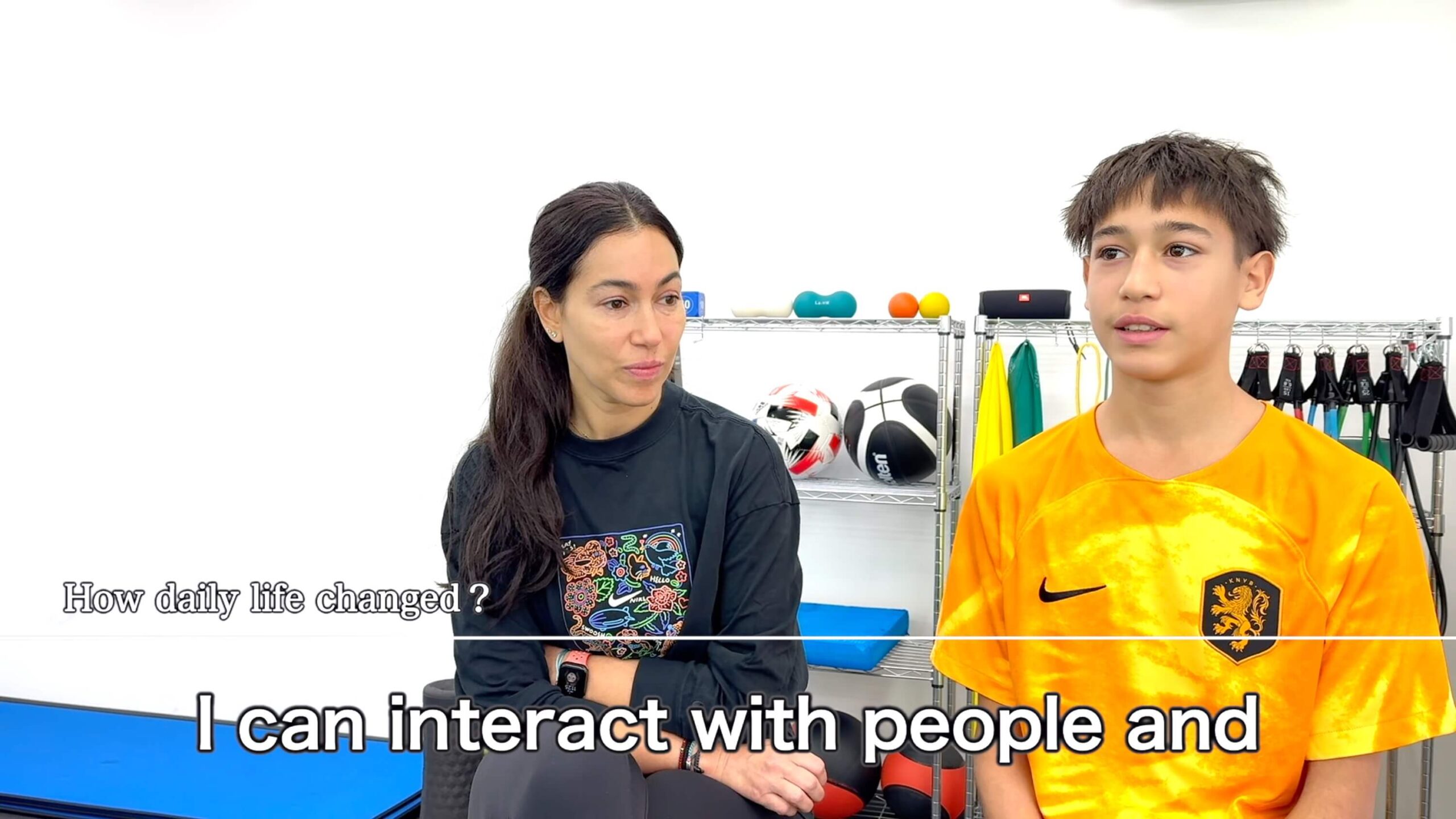
less bored sometimes.
I can use my muscles more.
I can interact with people and I can go outside.
Breathe like fresh air and the nature.
When before like when I couldn’t play football, I would mostly stay inside at home and not do much.


When discussing treatment plans with him, our goal was not just to completely eliminate pain but rather to set a goal where he could play soccer within a range where pain wouldn’t worsen, even if there was some discomfort.
While our ultimate goal was, of course, to completely eliminate pain, we also believed that for a teenager, returning to sports as soon as possible was crucial for both their development as an athlete and for enjoying time with friends.
Fortunately, without worsening symptoms, we started with one practice session per week and gradually increased to two, then three sessions per week. Eventually, he was able to return to practicing six times a week for two hours each session without experiencing any pain.
How we treated Osgood-Schlatter disease
He experienced pain in the front of his left knee, specifically at the prominence of the tibia (tibial tuberosity), which is a typical symptom of Osgood-Schlatter disease.
One common cause of Osgood-Schlatter disease is tightness in the quadriceps muscles.
However, He didn’t show significant tightness in his quadriceps, and there wasn’t a substantial difference compared to his right side.
Upon observing J-kun’s movements, several characteristics were identified that could be contributing to his pain.
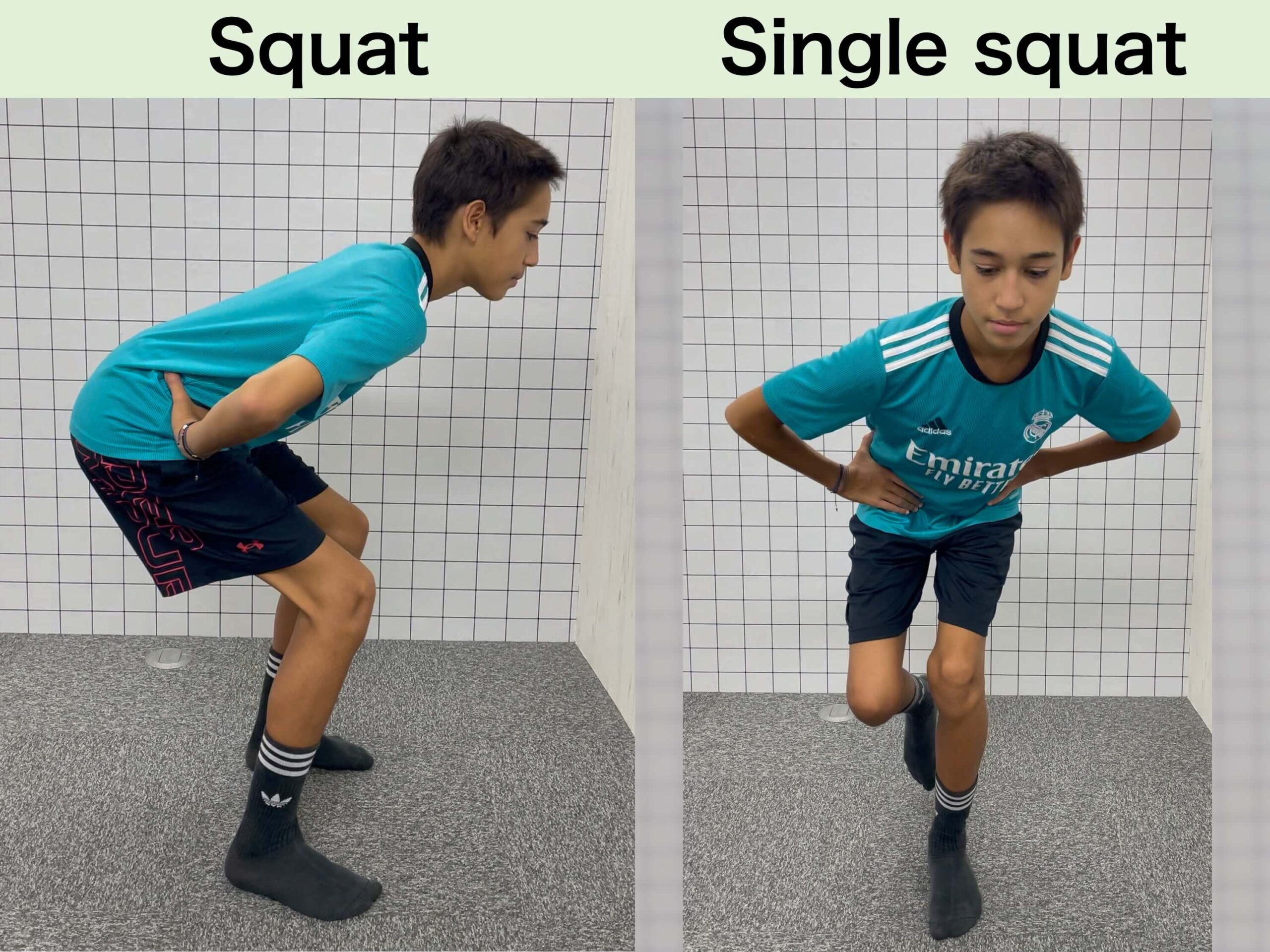
Firstly, his squat form showed an inability to lower his buttocks adequately, resulting in a high position of the hips and minimal knee flexion.
This is a common feature in individuals with weak muscles, such as the glutes and hamstrings, on the back of the legs.
When these muscles are weak and dysfunctional, stress is placed on the quadriceps at the front of the thigh, leading to excessive stress on the front of the knee.
Secondly, his single-leg squat form also showed high hips and a lack of knee flexion, but additionally, the knee collapsed inward.
This inward collapse of the knee can be clearly seen in the photos.
This was thought to be due to insufficient strength in the quadriceps to support the knee.
Conscious effort to turn the knee outward resulted in decreased pain, indicating that the inward positioning of the knee was one of the causes of the pain.
Based on these characteristics, it was hypothesized that the pain in the knee was caused by “increased stress on the quadriceps due to weakness in the glutes and hamstrings, and the quadriceps were unable to support the increased load, resulting in knee instability and collapse”.
Specific explanation
Weakness in the gluteus maximus and hamstrings prevented the ability to lower the hips and bend the knees.
Consequently, the upper body leaned forward, causing the knees to protrude excessively forward.
This forward shift in the center of gravity resulted in a posture where the quadriceps predominated, leading to excessive stress on them.
Additionally, the quadriceps themselves didn’t have sufficient strength to support the excessive load, causing the knees to collapse inward.
In an attempt to stabilize the unstable knees, the quadriceps worked even harder, leading to stress on the tibial tuberosity, the attachment site of the quadriceps, resulting in pain.
In his case, the muscles experiencing pain were not the direct cause of the pain, so simply continuing with stretches did not lead to improvement in the pain.
At Lifelong, he underwent exercise therapy focusing on the following points:
- Strengthening the gluteus maximus and hamstrings
- Strengthening the eccentric contraction of the quadriceps
- Practicing to prevent the knees from collapsing inward
- Exercising to use the ankles and hips more and not overuse the knees
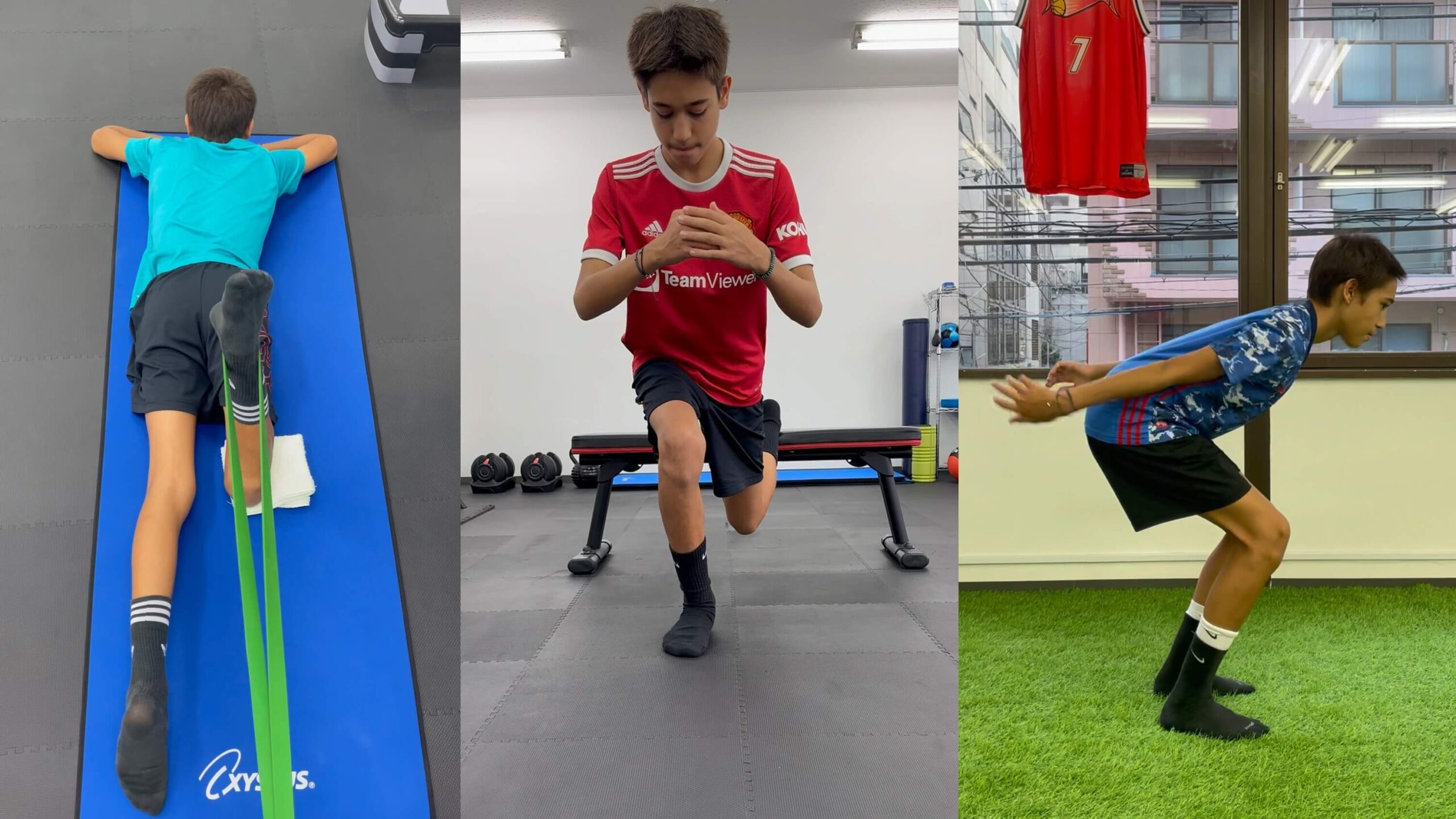
Before coming to Lifelong, he had been mainly focusing on stretching, which led to a significant decline in overall muscle strength.
To start rehabilitation with the goal of gradually increasing exercise intensity to build strength without causing pain, was crucial.
Initially, even doing squats caused knee pain, but as he gained strength and learned the correct movements, he was able to jump without pain within a month.
Continuing to strengthen muscles while simultaneously practicing single-leg movements, jumping, turns, and kicking motions necessary for soccer, he gradually returned to club team practices.
Eventually, he could participate in practices six times a week without experiencing any pain.
Next goal
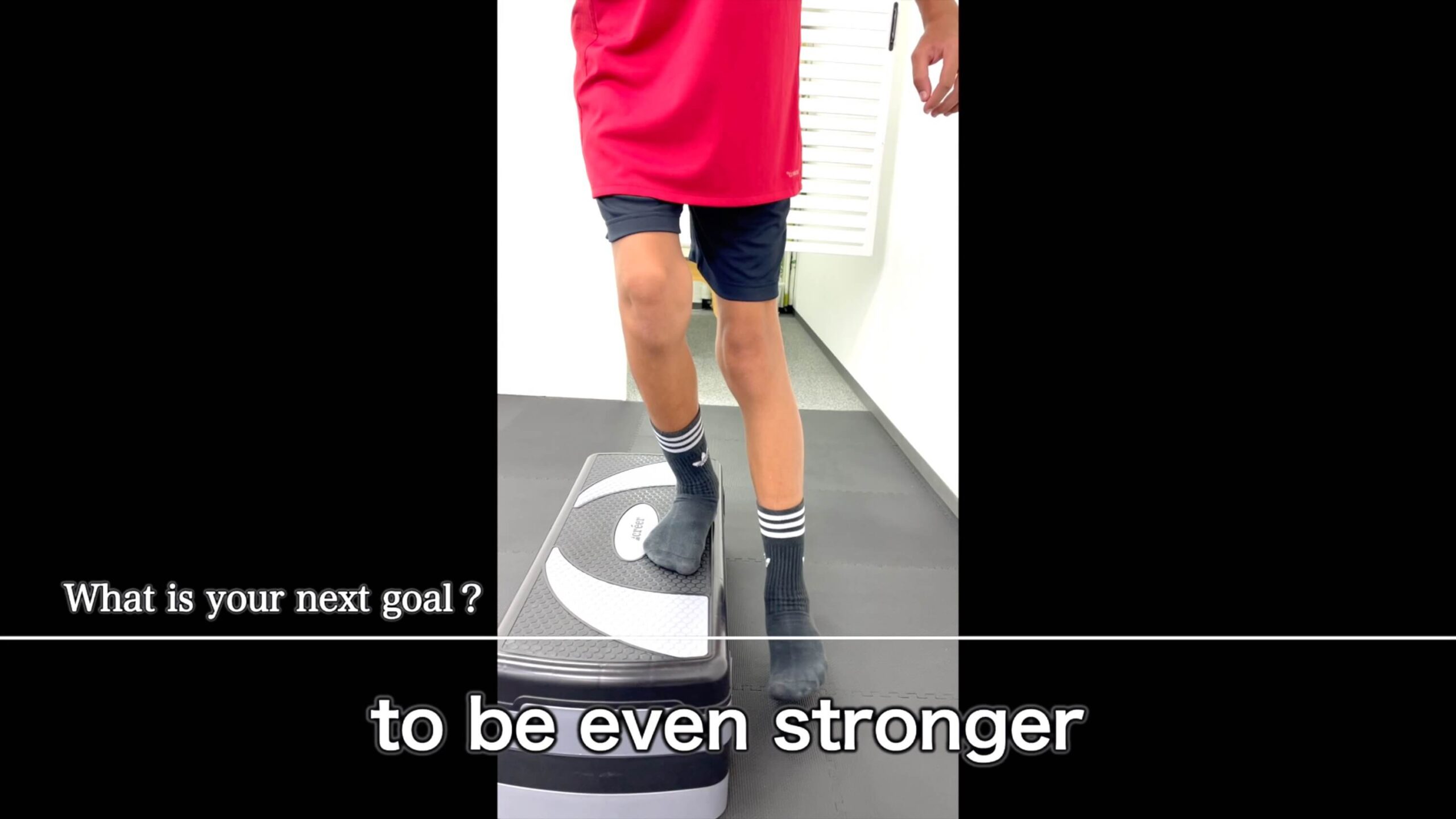
without any maybe tiredness or pain anywhere.
And I want my muscles to be even stronger, so that I can have more physical contact and I can play more comfortably.


Without being held back by pain, he can strive for even better performance as an athlete, and I’m happy to continue supporting him.
If you would like to receive treatment and rehabilitation in English from experienced physiotherapists, please do not hesitate to consult with us
ピックアップ記事
-

『Able to run without pain first time since surgery』Feedback of rehabilitation for meniscus tear
2024.06.18
-

『Returned to play football after 1 month of knee pain』Feedback of rehabilitation for Osgood-Schlatter disease
2024.04.23
-

『I couldn’t even carry a pot before coming here』Feedback of Rehabilitation for shoulder labrum tear
2024.04.11


